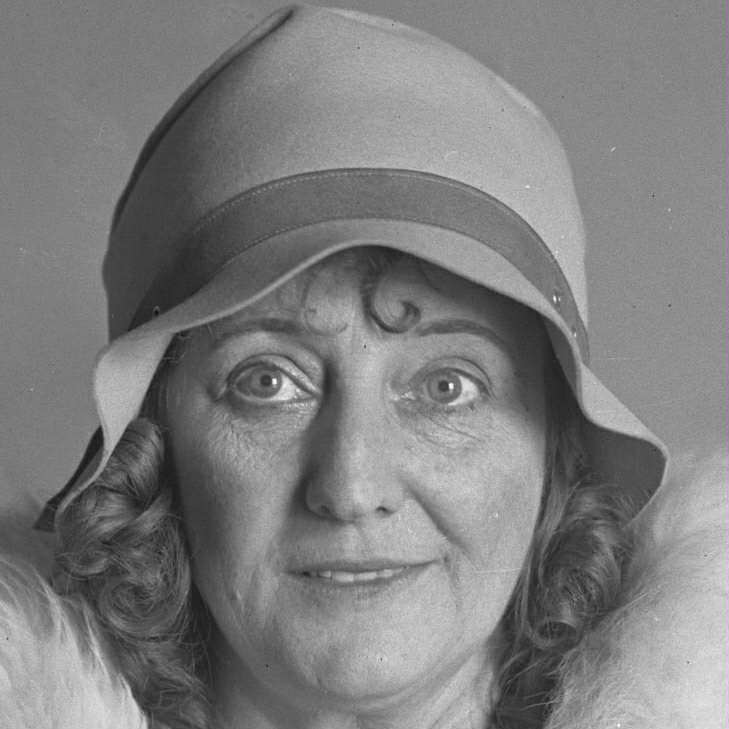
d: 1961
Walburga Oesterreich
Summary
Name:
Nickname:
Dolly / Queen of Los AngelesYears Active:
1922Status:
DeceasedClass:
MurdererVictims:
1Method:
ShootingDeath:
April 08, 1961Nationality:
USA
d: 1961
Walburga Oesterreich
Summary: Murderer
Name:
Walburga OesterreichNickname:
Dolly / Queen of Los AngelesStatus:
DeceasedVictims:
1Method:
ShootingNationality:
USADeath:
April 08, 1961Years Active:
1922bio
Walburga Korschel was born in 1880 to German immigrant parents and spent her early years in the Milwaukee, Wisconsin area. Though her exact birthplace remains uncertain, she was raised among a tight-knit community of fellow German immigrants. By the age of 12, she had entered the workforce at the textile factory of Fred William Oesterreich, a successful German-born industrialist known for employing young immigrant laborers. Walburga’s charm, charisma, and looks made her popular among coworkers, and she quickly drew the attention of Fred himself.
When Walburga was 17 years old, she and Fred married. She maintained her warm reputation with the factory workers, often playing peacemaker in labor disputes where Fred was regarded as cold and inflexible. Despite outward appearances of stability, the marriage was troubled. Walburga was rumored to be involved in multiple extramarital affairs during her husband’s long hours at the mill. In 1913, at the age of 33, she began what would become the most infamous affair of her life — with a 17-year-old sewing machine repairman named Otto Sanhuber.
Initially brought to the house under the pretense of fixing a broken machine, Sanhuber quickly became Walburga’s lover. To avoid suspicion, she described him as her “vagabond half-brother.” As their relationship intensified, the couple devised an extraordinary and secretive arrangement: Otto would live in the attic of the Oesterreichs’ home, entirely unknown to Fred. Walburga supplied Otto with bedding, books, food, and writing supplies. By day, Otto helped around the house and maintained silence; by night, he shared Walburga’s bed while Fred slept. Otto later described himself as her "sex slave" and claimed their encounters were frequent and intense.
In 1918, the couple moved to Los Angeles. Walburga agreed to the relocation on the condition she could choose the house — selecting one with an attic specifically to maintain Otto’s concealment. Otto moved into the attic before the couple even arrived. For four more years, their bizarre secret arrangement continued
murder story
On August 22, 1922, a violent confrontation between Walburga and Fred escalated into murder. Hearing their argument from the attic and believing Walburga to be in danger, Otto Sanhuber emerged armed with two .25 caliber pistols retrieved from the couple’s bedroom. A struggle ensued between Otto and Fred, during which Otto fatally shot Fred three times. Afterward, the pair staged a false robbery. Otto took cash and Fred’s diamond watch, locked Walburga inside a closet from the outside, and returned to the attic — unnoticed by police who responded to the scene.
Authorities found the circumstances highly suspicious. Walburga claimed burglars had broken in and killed her husband but was unable to explain how she had become locked inside the closet. Still, with no clear evidence and no sign of forced entry, the case went cold. Otto remained in the attic for another eight years, living in seclusion. With Fred gone, Walburga grew emboldened, even beginning a new relationship with her attorney, Herman Shapiro, while Otto continued to write short stories by typewriter upstairs.
Eventually, cracks in the story emerged. In 1930, after Shapiro received the supposedly stolen diamond watch from Walburga, he grew suspicious. Around the same time, another former lover of Walburga's, Roy Klumb, revealed she had once asked him to dispose of a pistol in the La Brea Tar Pits shortly after Fred's murder. A neighbor came forward with a similar account — that Walburga had asked him to bury a pistol under a rosebush. Police recovered both weapons and linked them to the murder. Walburga was arrested.
While in jail, she told Shapiro about her “vagabond half-brother” living in the attic and asked him to check on him. Upon opening the attic trapdoor, Shapiro found the now-aged and pale Otto Sanhuber, who explained his long-secret life and confessed to the murder. Sanhuber was arrested and tried for manslaughter. The press sensationalized the story, branding him “The Bat Man” for his hidden existence.
Otto Sanhuber was convicted but released due to the expiration of the statute of limitations. He changed his name to Walter Klein, moved to Canada, married, and eventually returned to Los Angeles where he lived quietly. Walburga’s case ended in a hung jury, and in 1936 the charges were officially dropped. She spent her final decades in Los Angeles, where she died in 1961 at the age of 80.